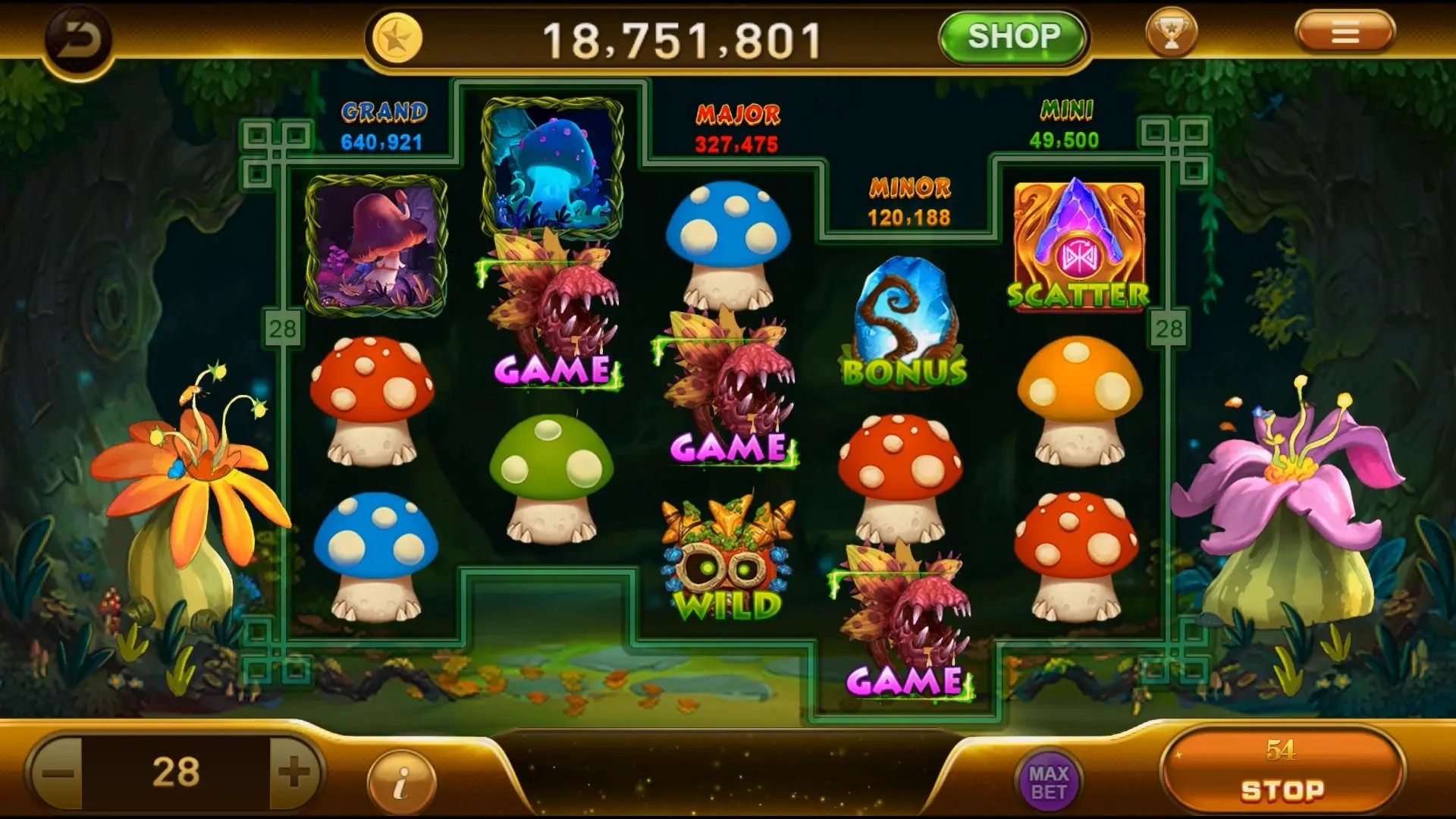There's somthin' about open world games that makes em feel so damn big. Maybe it's the way u can just go—wherever. Drive. Run. Fly. Climb. Nothin's off limits (mostly). Sandbox games too—same deal? Wait. Are they? Open World Games vs. Sandbox Games: What’s the Real Difference?? People throw these terms around like they’re the same thing. Open world means sandbox. Or the other way around? Let’s dig into it. And not in a vague, wiki-style dump. Nah, this here's a full dive: history, mechanics, engine power (yo, the new EA Sports FC 24 engine even shows why design choices matter), rpg action on a rpg games for mac list that won't choke your 10-year-old MacBook, and more. We break it all down. Because, honestly, the line? Thin. But not invisible.
The Great Confusion: Same Playground, Different Labels?
So, imagine you're walkin' through an empty city. Skyscrapers. Graffiti. Rustin' cars everywhere. No NPCs, just you and wind-blown trash. Then—suddenly—game starts. Map opens. “Explore freely," the menu says. That’s open world. Vast terrain. Seamless transitions. No loading after turnin' corner. Got that. But then someone else says: “It’s a true sandbox!"
Are they braggin'? Correct? Or clueless? A lot of devs, players, journalists mix ‘em. Open world isn't always sandbox. Sandboxed spaces don’t guarantee they’re 'open'. One’s scale. Other’s freedom. See? Different axis.
Like—Grand Theft Auto V? Huge city, open. You can hijack helicopters minutes after intro mission. That feels like a sandbox, right? Yet… it still funnels u back to story missions eventually. So how much freedom is it really givin’?
Defining Open World: Bigness on a Digital Scale
"Open world" is kinda easy to visualize. No invisible walls. You’re not on rails (most the time). The world loads dynamically as u move. Seen from above, it's like playin’ in a bowl. The rim is far, yeah, but the whole inside's playable.
Examples? The Witcher 3 (despite being on Windows mostly, there’s some Mac-friendly ports out there), Breath of the Wild. You go where you want, whenever. No mission lock. Explore caves? Jump off mountains? Brew questionable herbal teas in back country huts? All fair game.
But—and this is huge—just cuz u can run around like a madman don't mean the system supports it beyond textures and collision detection. A game might be vast, but only 2% is interactive content. Rest is… filler. Trees, rocks, maybe some deer. So, vast ≠ dynamic.
True open world games offer exploration that's *rewarded*, not punished.
Sandbox Mechanics: Play How *You* Wanna Play
Sandboxes care less about geography, more about interaction. You know the toy box as a kid? No rules. No instructions. Stick figure becomes warlord. Doll becomes dragon. That’s sandbox thinking.
In games, that means emergent gameplay. Like lighting a pile of hay, wind carries flame into enemy camp. Guards panic. Chain reaction begins. Maybe not scripted. Happens because systems interact—fire + wind + proximity.
MineCraft. No story (well, not forced). Just mechanics. Place block, break block. Make castle, farm cows, survive nights. The world doesn't push you. You create the “mission." That's *pure sandbox*. Minimal objectives. Max freedom.
Overlap: Where Big Meets Bold
There are titles that mash both. Skyrim? Massive region to explore, dozens of holds, caves, rivers, ancient ruins. Open world? Check. But it’s also kinda a sandbox—become a thief by pickin’ every lock, a farmer growing herbs by alchemy gardens, or a court jester who never fights.
But—and here’s the twist—the systems are limited. Want to own real estate long-term and expand a village over time? Not supported. Want weather to affect NPC behavior consistently? Sometimes, yeah, but weakly. The illusion breaks. So: overlapping traits, but not full immersion.
Design Intent: What’s The Developer Givin’ vs Lettin’ U Take
This matters. An open world usually means devs put effort in geography, rendering engine, memory optimization. They wanna show scope.
Sandbox leans into simulation. They care less how far u go, and more *what u do when u get there*. Do cows reproduce if you feed 'em daily? Can fire permanently scar a region? Do NPCs react to you becoming a legend—or a menace?
Different design philosophy. One screams: "Look what we built!" Other whispers: "Now go make your story."
The Engine Question: Can Tech Carry It?
Enter: the EA Sports FC 24 engine.
Now. Hold up. It’s a sports sim. Not an open world or sandbox game. But—bear with me—engines aren't just code libraries. They’re the hidden skeleton holding *everything*. The way FC 24 handles dynamic weather affecting gameplay? Or adaptive AI players that respond differently to strategies over multiple matches? That’s emergent behavior.
Futuristic engines are startin’ to blur this. Imagine that tech ported into a city simulation where citizens have persistent memory, or neighborhoods decay/upgrade based on economy you indirectly influence. The same physics? Now it's a *sandbox city builder in open world form*.
So, engines today aren’t just rendering forests and stadiums—they’re sim systems with potential.
| Mechanic | Typical Open World | True Sandbox |
|---|---|---|
| World Scale | High | Medium to Low (focus on depth) |
| Player Agency | Moderate (often guided) | High (player-driven goals) |
| Dynamic Systems | Limited to key events | Rampant (weather, ecology, NPC lives) |
| Narrative Role | Central | Optional or Player-Made |
| Engine Demand | Streaming, textures, draw distance | AI, interaction stacks, procedural logic |
RPG Games for Mac: Not Always Full Experience
The Mac platform—still treated as stepchild. Many RPGs don’t officially support macOS. Ported late. Or through compatibility layers. Sad truth: a solid list of rpg games for mac isn’t long.
BUT—some devs embrace it. Pathfinder: Kingmaker? Got a Mac version. Rough, maybe, but functional. And it's *kinda sandbox*—manage a kingdom while playin' an assassin or paladin. Choices change laws. Towns grow. Corruption mechanics.
If you're a Mac user wantin’ that true open+system-rich RPG? Options slim. Often relyin’ on cloud gaming or Rosetta hacks. Not ideal.
Fame of Fallout & the Misnomer
Fallout 3? Called open world. Sure. Also branded sandboxy. Well, sorta. Radiation spreads, you alter power grid outcomes—but it’s still mostly linear quests with branching dialogue. Want a full anarchic run? Possible, yes. Common? Nah.
New Vegas? Closer. Reputation with factions means u can play manipulator—give fake intel, pit tribes vs NCR. That’s *closer to true sandbox*. Yet the game keeps yankin’ u back to main story. Can't fully escape the narrative leash.
- Massive environments ≠ true freedom
- Bonus: Some open world devs just reskin maps to seem big (looking at u, “desert #3 copy")
- Sandboxes can live on small worlds but with deep mechanics
- The label you see on a store page might not reflect the playstyle
- No game is 100% pure—most hybrids to some degree
Skyrim on a Laptop: The Scale Problem for Macs
Let's get real. Your average 2022 M1 Mac? Decent, yeah. But running The Elder Scrolls V: Skyrim Special Edition with ENB, high-res textures, and twenty mods crashes it faster than a car through a wooden fence.
Open world games demand resources. SSD speed, GPU, RAM. The sheer texture volume for seamless worlds? Macs still struggle when mod support and high draw are involved.
You could play the base version. Bare minimum graphics. That kills the “open wonder." And forget sand-boxing it with mods like “Immersive College of Winterhold" that overhaul quest logic and physics interactions—no go on limited hardware.
Emergence vs. Illusion: The Core Divide
You ever play something, do somethin’ not in guides, but the game *lets it stand*? Break NPC routine. Exploit a rule they didn’t cover. That’s emergence.
Sandboxes thrive on it. Open worlds? Often prevent it. They’re *illusion of freedom*. A menu opens, says “you’re free" but behind code it's a puppet show.
Classic example: in most AAA open world, you rob someone. NPCs might shout or chase for 30 sec. Then reset. No consequence. But in true sandbox like RimWorld, steal bread from colonist, it could trigger civil conflict, loyalty drops, even suicide.
The Indie Scene: True Playground or Passion Project?
Big studios afraid of risk. But indies? Often make what they love. Terraria, Oxygen Not Included—both lean sandbox, modestly open in area but massive in systems. They simulate digestion, pressure, mental stress.
You wanna dig down for years, build arcologies, terraform moons. Freedom via deep systems, not scale.
Compare that to an indie attempt at an open world game. Often it’s pretty—handcrafted towns and trails. But zero systems under. Pick a mushroom and… nothing changes. Not much of a world. Just decor.
Racing Games? Open World or Just Tracks?
Back to FC 24—sports titles rarely enter this chat. FIFA (or now EA Sports FC) is on a pitch. Linear matches. No open city driving between training sessions.
But games like The Crew tried—racin’ across entire USA map. Roads, signs, cities. That’s open world for driving sim, yeah. But sandbox? You ain’t farmin’ or settin’ up gas stations. Mission-based racing only.
Even with the **EA Sports FC 24 engine**, if you're not givin’ tools for players to alter rules or create new game modes organically? It ain't sandbox.
Cultural Bias: Do Some Gamers Crave Guidance?
Here's an angle: not everyone wants total freedom. In markets like parts of Africa (and honestly, globally), players often value structured storytelling. Clear win/fail, missions, leveling up. No guesswork.
South African audiences, particularly on mobile-first networks, might favor titles with low open-space rendering needs—thus more linear mobile RPGs or arcade racers. Not always about desire for sandbox.
In that context, "open world" is a flashy word in ads, not a design promise. But gamers wise to it? They ask: can I *do* anything? Or just *go* anywhere?
Future Trends: Will AI Bridge The Gap?
NPCs with memory. A city rememberin’ you broke their brother's leg last month. That cop hates you forever. Not because of a rep stat—but from AI simulation.
This kinda depth? It could turn open world into dynamic sandbox environments. Imagine an open world game powered by procedural story networks. Steal from a merchant, it spreads on "in-game rumor chain", affects prices across town.
The tech? Nasty. Demands crazy computation. Even then, not sure if it’ll land. But direction’s clear. Future hybrids. Seamless worlds filled with actual reactive systems—not smoke and mirrors.
Key Takeaways
Don’t be fooled by surface terms. Dig into what’s *under the ground*
- Open world ≈ spatial freedom
- Sandbox games ≈ behavioral & systemic freedom
- rpg games for mac are rare and often underpowered
- The **EA Sports FC 24 engine** shows promise for AI interaction, even if not in open worlds now
- Pure sandbox needs emergent outcomes—story driven by players, not coders
- Marketing lies. “Open" doesn't mean “unscripted"
- Macs struggle with heavy open world ports, especially when modding or sandbox elements added
We’ve run the loop. Climbed the hill. Broke a couple rules. At the end of the day—open world games and sandbox games live on neighboring islands. They speak similar languages. Share food sometimes. But they ain’t the same culture.
Open world is about the horizon—the pull of undiscovered zones, the thrill of “I can go anywhere." Sandbox is about depth—how deep you dig into a single town, or how far a fire spreads based on your choice to burn trash.
The EA Sports FC 24 engine reminds us that beneath slick graphics, systems drive experience. Even a non-RPG, linear sport game, uses simulation that—scaled up—could birth a city-wide sandbox. One that reacts, remembers, evolves.
And yeah, rpg games for mac? Still a sore subject. You’ll have to hunt. Be okay with compromises. Lower textures, fewer mods. That doesn’t mean you’ll miss all joy—some story-rich adventures run fine. But don’t expect a fully dynamic sandbox Skyrim experience without workarounds or beefy MacBooks.
Labels are shortcuts. But shortcuts miss details. Details are everything.
So when someone asks—are GTA VI, Dragon's Dogma 2, or whatever shiny new thing an open world *or* sandbox? Don’t nod. Ask: What does it *let you change*? Where’s the real freedom hiding? That’ll give you the real answer. Not the store tag.



